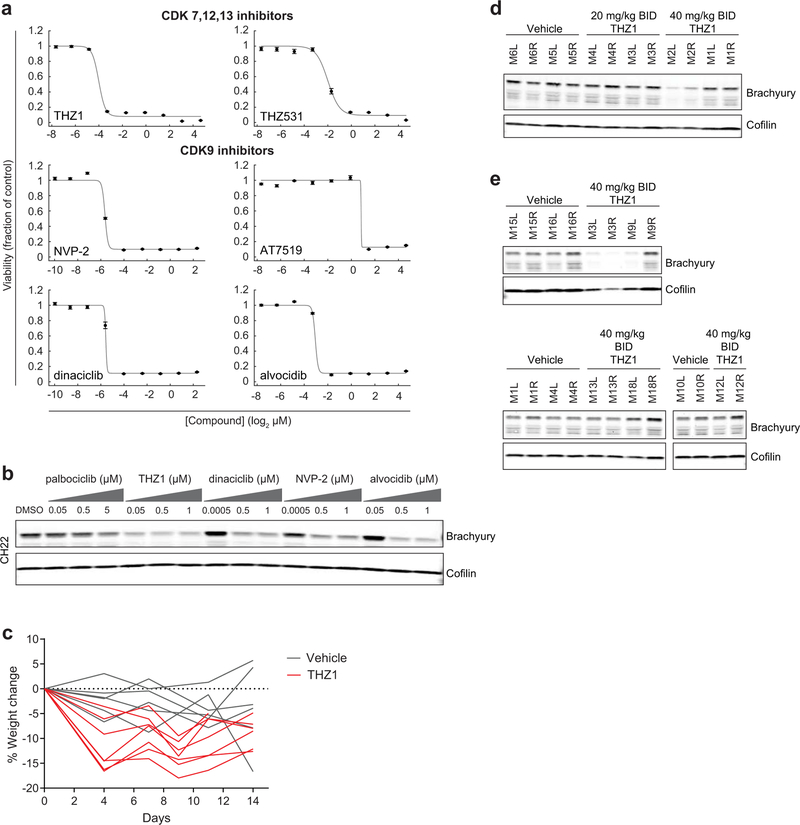Extended Data Figure 10. THZ1 treatment can reduce brachyury expression in CH22 cells ex vivo and in vivo.
a) CH22 chordoma cells were treated with indicated concentrations of transcriptional CDK inhibitors and assayed for cell viability after 6 d with CellTiter-Glo. Response data are represented by a fitted curve to the mean fractional viability at each concentration relative to vehicle-treated cells; error bars represent the SEM (n = 4 biological samples measured in parallel). b) Immunoblot analysis of CH22 cells treated with indicated concentrations of inhibitors targeting CDK4/6 (palbociclib), CDK7/12/13 (THZ1), or CDK9 (dinaciclib, NVP-2, alvocidib) or DMSO for 48 h. The experiment was performed once. c) Weight change of mice treated with THZ1 or vehicle for the study depicted in Fig. 4h–i. d) THZ1 can downregulate brachyury expression in vivo. Immunoblot analysis of CH22 xenograft tumors following treatment with indicated doses of THZ1 or vehicle twice daily for 5 d. The experiment was performed once. e) Immunoblot analysis of CH22 xenograft tumors following treatment with THZ1 or vehicle twice daily for 3 d. Top and bottom panels represent two independent studies (bottom panel corresponds to the study depicted in Fig. 4h–i).

